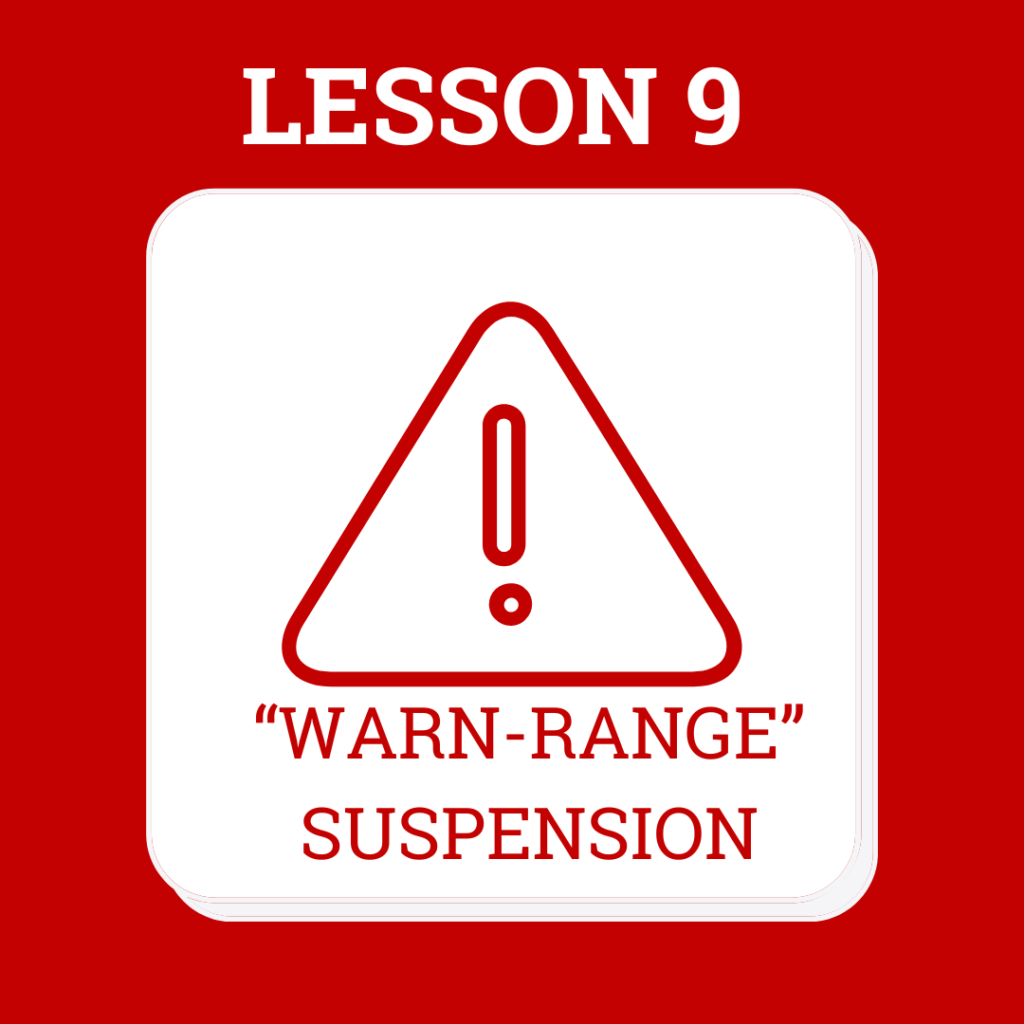The “warn-range” suspension, which applies when a driver’s BAC is between 0.05 and 0.08 percent, is an important part of impaired driving laws. This exhaustive investigation will dig into the particulars of “caution range” suspensions, the lawful system encompassing them, and the effect on drivers in Canada.
Lawful Framework:
The legitimate reason for “caution range” suspensions in Canada is regularly tracked down in debilitated driving regulations. These regulations expect to hinder people from driving with any degree of weakness because of liquor or medications. On account of the “caution range,” it tends to occur in circumstances where a driver’s BAC is over the legitimate farthest reaches of 0.05 percent yet beneath the edge for criminal hindered driving, which is 0.08 percent.
Debilitated Driving Regulations in Canada:
Disabled driving regulations in Canada are basically administered by the Law breaker Code. The Code lays out as far as possible for blood liquor focus and blueprints the punishments for driving affected by liquor or medications. It additionally gives the lawful system “caution range” suspensions, perceiving the potential perils related to weakened driving even at lower BAC levels.
Process of “Warn-Range” Suspension:
The following essential components typically make up the “warn-range” suspension procedure:
1. Police Stop and Testing:
A roadside stop may be made by a police if they have a reasonable suspicion that a driver is impaired. An authorized screening device can be used by the officer to request the driver take a roadside screening test. In the event that the outcome is in the “caution range,” demonstrating a BAC somewhere in the range of 0.05 and 0.08 percent, the driver might confront results.
2. ” Caution Reach” Suspension:
In certain regions and domains, a “caution range” suspension might be forced officially, even without a crook allegation. The length of the suspension can change by locale yet it frequently goes from 3 to 7 days for a first offense. Ensuing offenses might bring about longer suspensions, fines, or different punishments.
3. Schooling and Treatment Programs:
A few regions might require people who get a “caution range” suspension to finish instructive or treatment programs connected with liquor or substance misuse. These projects mean furnishing drivers with data and devices to settle on more secure decisions in regards to liquor utilization and driving.
4. Conceivable Criminal Charges:
While a “caution range” suspension is a managerial outcome, it doesn’t prompt a lawbreaker record. Notwithstanding, in the event that a driver’s BAC exceeds 0.08 percent, they might have to deal with criminally hindered driving penalties, which can bring about additional extreme punishments, including fines, detention, and longer permit suspensions.
Commonplace Variations:
It’s significant to take note of that the particular principles and ramifications for “caution range” suspensions might change by area or domain. Every province in Canada has the position to lay out its weakened driving regulations and managerial techniques. Subsequently, the span of the suspension, instructive prerequisites, and different punishments might differ depending on where the episode happens.
Influence on Drivers:
“Caution range” suspensions quite affect drivers, both authoritatively and possibly regarding criminal accusations. Even though the suspension itself is a result of administrative action, it can still cause problems, like limiting one’s personal mobility or making it harder to get a job, especially if driving is a requirement of the job.
Furthermore, drivers who get a “caution range” suspension might be expected to pay fines and go to instructive projects, adding to the general effect on their time and monetary assets. The penalty’s educational components are meant to make people aware of the dangers of impaired driving and encourage responsible driving.
Safeguard Measures and Public Awareness:
The execution of “caution range” suspensions is essential for a more extensive procedure to forestall disabled driving and improve public security. Public mindfulness crusades, policing, and instructive drives contribute to creating a culture of capable liquor utilization and deter people from getting in the driver’s seat while disabled.
These protection estimates intend to resolve the issue at its root by empowering people to make more secure decisions in regards to liquor utilization, utilize assigned drivers, or use elective transportation choices when impeded.

Conclusion:
In conclusion, even at BAC levels below the legal limit, “warn-range” suspensions in Canada are crucial in addressing the dangers of impaired driving. The legitimate structure for these suspensions is intended to officially punish drivers in the “caution range,” giving outcomes that are both instructive and hindering in nature.
Drivers must know about the particular impeded driving regulations in their area or domain and the likely results of “caution range” suspensions. As the legitimate scene and guidelines can develop, remaining informed about the most recent regulations and adding to the more extensive endeavors to forestalling disabled driving are fundamental stages toward guaranteeing street security in Canada.
